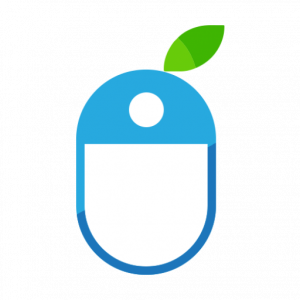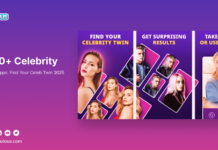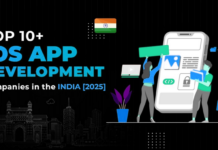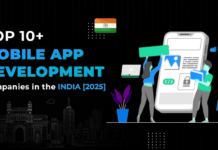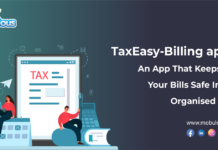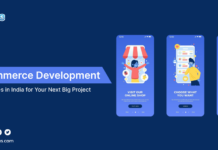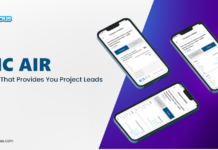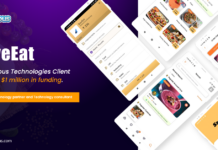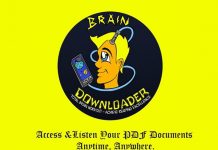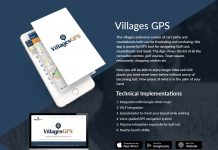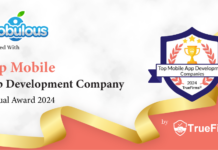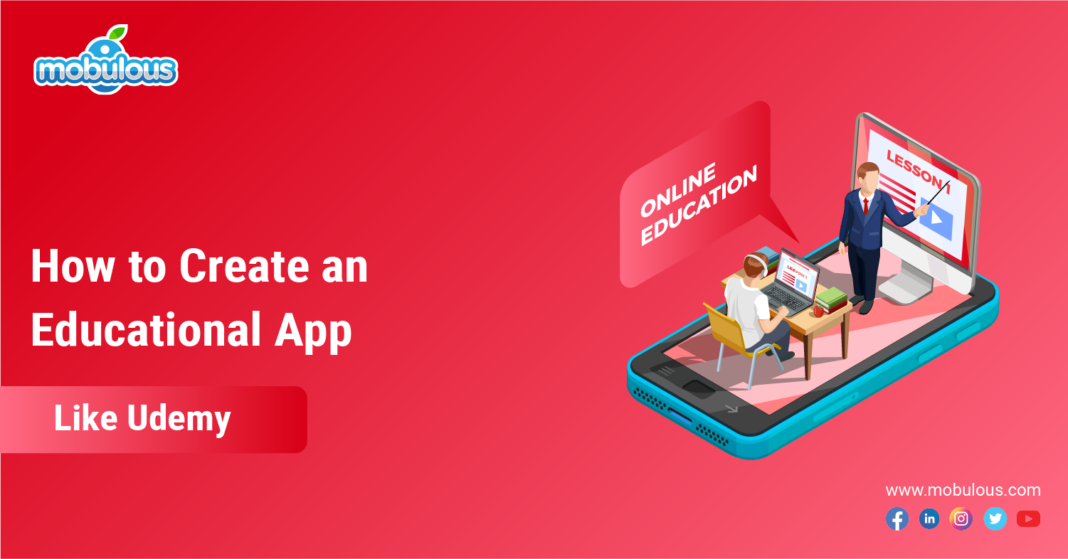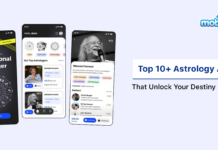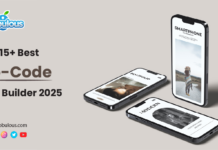Creating an app like Udemy mandates strategic planning and meticulous enactment. We all agree to the fact that traditional methods of learning have become extremely expensive, boring, and theoretical rather than practical.
Therefore, several developments and advances are being made in technology for the growth of e-learning platforms. In today’s digital era, the ultimatum for online education platforms is aviating, with students aiming for affordable, convenient, and flexible ways to acquire skills.
If you are planning to launch your own education app and are searching for how to create an app like Udemy, then you are at a suitable place. Let’s turn your bright idea into a vigorous education app today by learning how to create an app in detail!
What is Udemy?
Udemy is an online learning platform that offers a wide range of courses on miscellaneous subjects, ranging from arts and personal development to business and technology. This platform provides learners with a flexible and accessible way to gain new skills via online lectures, quizzes, and assignments.
Additionally, the Udemy app is conquering the market and has grown into a worldwide competitive marketplace with its exciting features where expert teachers from various corners of the world share their knowledge and expertise with thousands and millions of students on the app.
Udemy has a user-centric interface and a diverse course catalog that empowers students to pursue lifelong learning right at their place and convenience. This makes the app most demanding and education more engaging and inclusive. Now, let’s comprehend how to create an app just like Udemy flawlessly.
How to Create an App Like Udemy?
When intending for educational app development like Udemy, it is crucial to comprehend how to create a learning app like Udemy in detail. Well, creating an educational app involves various steps to ensure its success in the long run. Here are the simple easy 8 steps to guide you through the process.
- Identify Your Audience
- Define Learning Objectives
- Design User-Friendly Interface
- Integrate Engaging Features
- Incorporate Progress Tracking
- Ensure App Security
- Test and Iterate
- Launch the App
1. Identify Your Target Audience
Comprehending your target audience is essential in order to create a prosperous educational app. You must indicate the demographics, preferences, and needs of your target users no matter if they are students, children, or professionals.
Make sure to perpetrate market research and collect insights in order to customize the app’s content, design, and components that will resonate with your audience. Eventually, this will enrich user retention, satisfaction, and engagement.
2. Define Learning Objectives
Illustrate detailed and clear learning objectives for your education app and outline what knowledge and skills your users will obtain from utilizing your app.
When you specify your learning goals, you are able to structure the movements and content within the app in order to align with these purposes and necessities.
You should learn that clear learning pursuits assist users in apprehending the intent of your educational app and stimulate them to confront the content.
Also Read:- Benefits of having Education App for Schools & Colleges!
3. Design User-Friendly Interface
Now, design the user-friendly UI of the app that improves usability and enables seamless navigation. Make sure to prioritize simplicity and intuitiveness in design. This ensures that users are able to access content and features seamlessly without hesitation.
Make use of precise visuals, instinctive gestures, and invariant layouts in order to navigate users through the education app. A well-designed user interface contributes especially to user retention and satisfaction.
4. Integrate Engaging Features
Include engrossing features that delight users and encourage efficient learning. Make use of multimedia elements such as animations, videos, gamification techniques, and interactive quizzes in order to make learning pleasant and enjoyable.
Customize the content and match diverse learning preferences, providing dynamic educational experiences that keep users motivated and eager to search and explore more on the app.
Also Read:- Most Delinquent Mobile App Development Trends in India 2024!
5. Incorporate Progress Tracking
Now it’s time to implement progress-tracking features in your similar apps like Udemy that enable users to monitor their learning journey and track their achievements. Make sure to provide visual feedback on completed modules and tasks, along with assessments and performance analytics.
You will agree that progress-tracking features not only encourage learners to stay engaged but also help educators and administrators analyze the efficiency of the application and make data-driven enhancements.
6. Ensure App Security
You must ensure app security in order to safeguard the user data and ensure a secure learning environment. Incorporate a robust authentication mechanism, data privacy policies, and encryption protocols in order to protect sensitive information and data.
Make sure to regularly update the security measures in order to mitigate potential risks and comply with relevant regulations. Building trust via safe practices improves the confidence of the users and facilitates long-term app usage.
7. Test and Iterate
Conduct rigorous testing of your similar apps like Udemy across various devices and platforms in order to identify and resolve bugs/technical issues/usability concerns. Now, gather feedback from beta testers to analyze app performance and user experience.
Iterate continuously on the basis of feedback and testing results and make incremental enhancements in order to optimize usability, functionality, and overall user satisfaction.
8. Launch the App
Plan a well-coordinated and strategic launch of your education app on the Apple App Store or Google Play Store. Build anticipation through pre-launch marketing efforts such as press releases, social media campaigns, and partnerships. Optimize the app store listing with relevant keywords and appealing visuals.
After launching the app, monitor its performance, gather user feedback, and iterate further in order to improve the success of your app and reach the target audience. A triumphant app launch sets the stage for ongoing user engagement and the app’s growth.
Technology & Frameworks to Create an Education App Like Udemy
In order to create an app like Udemy, you will need to leverage the right technology stack and frameworks that support Android app development and iOS app development. Let’s learn the key technologies and frameworks that are commonly used when creating an educational app.
1. Front-End Development
- React.js: React.js is the most popular JavaScript library in order to build interactive user interfaces. React.js developers enable component-based development that makes it ideal for creating dynamic UIs in education apps.
- Angular.js: Angular.js development is another robust framework for front-end development that offers features like data binding and dependency injection. This is suitable for complex educational app interfaces.
2. Back-End Development
- Node.js: Node.js is a JavaScript runtime built on Chrome’s V8 engine. It allows server-side scripting. It is effective for handling asynchronous operations which makes it suitable for real-time features in educational apps.
- Django: Django is a high-level Python framework that is known for its simplicity and scalability. It provides built-in features such as ORM (Object-Relational Mapping) and authentication. This makes it ideal for building back-end services.
3. Database Management
- MongoDB: MongoDB is a NoSQL database that stores information and data in flexible JSON-like documents. It enables flexibility and scalability in order to manage user data and course content.
- MySQL/PostgreSQL: MySQL/PostgreSQL are relational databases that are crucial for managing user profiles, progress tracking, and course information, and are suitable for structured data storage.
4. Cloud Services
- Amazon Web Services (AWS) or Google Cloud Platform (GCP): Make use of cloud services for scalable computation, storage, and deployment. AWS and GCP offer different services like content delivery networks (CDN), cloud databases, and serverless computing in order to support e-learning app infrastructure.
5. Video Streaming and Hosting
- Amazon S3: Amazon S3’s scalable object storage safely stores and serves video content.
- Vimeo API or YouTube Data API: Vimeo API or YouTube Data API incorporates video streaming and hosting capabilities into the education app.
6. Real-Time Communication
- WebSockets: WebSockets implement real-time features like video conferencing, live chats, and collaborative learning for bidirectional communication between clients and servers.
7. Security and Authentication
- JSON Web Tokens (JWT): Make use of JWT for safe user authentication and authorization. This ensures that only authorized users can access course features and materials.
- OAuth: Implement OAuth for easy and seamless integration with third-party authentication providers such as Facebook or Google. This simplifies the login process for users.
Must-Have Features of Education Apps Like Udemy
When working on how to create an app like Udemy, incorporating various features in your app is extremely important. These must-have features in apps similar to Udemy are able to enhance the app’s functionality significantly and appeal to users. Let’s learn some of the best features that should be included in your app for education.
1. Course Catalog and Search Functionality
This feature provides an extensive course catalog with categorization on the basis of topics, instructors, and difficulty levels. Make sure to include robust search functionality that will enable users to find specific courses of interest seamlessly.
2. User Profiles and Personalization
User profiles and personalization is a feature that allows users to create personalized profiles where they are able to track their progress, receive recommendations, and manage enrolled courses on the basis of their interests and learning history.
3. Interactive Learning Content
Integrate interactive components like quizzes, video lectures, assignments, and downloadable resources in order to make learning effective and engaging. Interactive content improves user participation and understanding.
4. Progress Tracking and Certificates
You must implement progress-tracking features that showcase course completion percentages, achievements, and quiz scores. It also offers certificates upon course completion in order to recognize and motivate learners on the app.
5. Discussion Forums and Community Features
You must foster a sense of community by incorporating discussion forums, where users are able to ask questions, collaborate with other learners and teachers, and share their insights on a matter. However, community features boost engagement and peer-to-peer learning.
6. Mobile Compatibility and Offline Access
Make sure that your education app is mobile-friendly and supports offline access to course materials. Mobile compatibility enables users to learn on the go, whereas offline access in the educational app allows uninterrupted learning without the requirement of an internet connection.
7. Secure Payment Gateways and Pricing Models
You must incorporate secure payment gateways in order to foster seamless course purchases and subscriptions. This feature offers flexible pricing models such as one-time purchases, free trials, or subscriptions in order to cater to different user preferences.
Takeaway
Creating an app like Udemy requires careful planning, ideation, ingenious features, and a user-centric approach. By integrating crucial features like interactive learning content, extensive course catalogs, and community engagement tools, you are able to create a platform that empowers learners on a global level.
Iterate on a continuous basis as per the user feedback and market trends in order to improve scalability and usability. Lastly, focusing on how to create an educational app that delivers tangible results and engaging learning experiences will surely drive its success in the long run.
FAQs — How to Create an App Like Udemy?
Q. How to create an educational app like Udemy?
Ans. If you want to learn how to create an app like Udemy, you need to follow the below steps carefully:
- Identify your target audience.
- Define learning objectives.
- Design a user-friendly interface.
- Integrate engaging content.
- Incorporate progress tracking.
- Ensure app safety.
- Test and iterate.
- Launch the app.
Q. How to create an educational platform?
Ans. If you want to create an educational platform, make sure to keep in mind the below points.
- Understand the potential audience.
- Choose the right content strategy.
- Assess the budget and resources.
- Hire dedicated developers or a whole app development company.
- Select the best technology and framework.
- Design the platform.
- Begin with the development process.
- Test and launch the app.
Q. What software does Udemy use?
Ans. Udemy uses MySQL database and JavaScript is the most used language in the Udemy app whereas Django has been used as the framework for Python development similar to Angular JS for back-end JavaScript development.
Q. How much does it cost to develop an app like Udemy?
Ans. An e-learning portal development like Udemy generally costs around USD 76,500 to USD 103,000 on the basis of various factors such as features added, level of complexity, platforms, app development technologies, and size/location of the development team.
Q. Does Udemy use AI?
Ans. Udemy’s AI capabilities summarize and highlight emerging themes from discussions and other group activities in order to foster collaboration, improve cross-functional understanding, and share knowledge for admins and learners.
